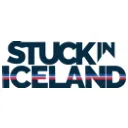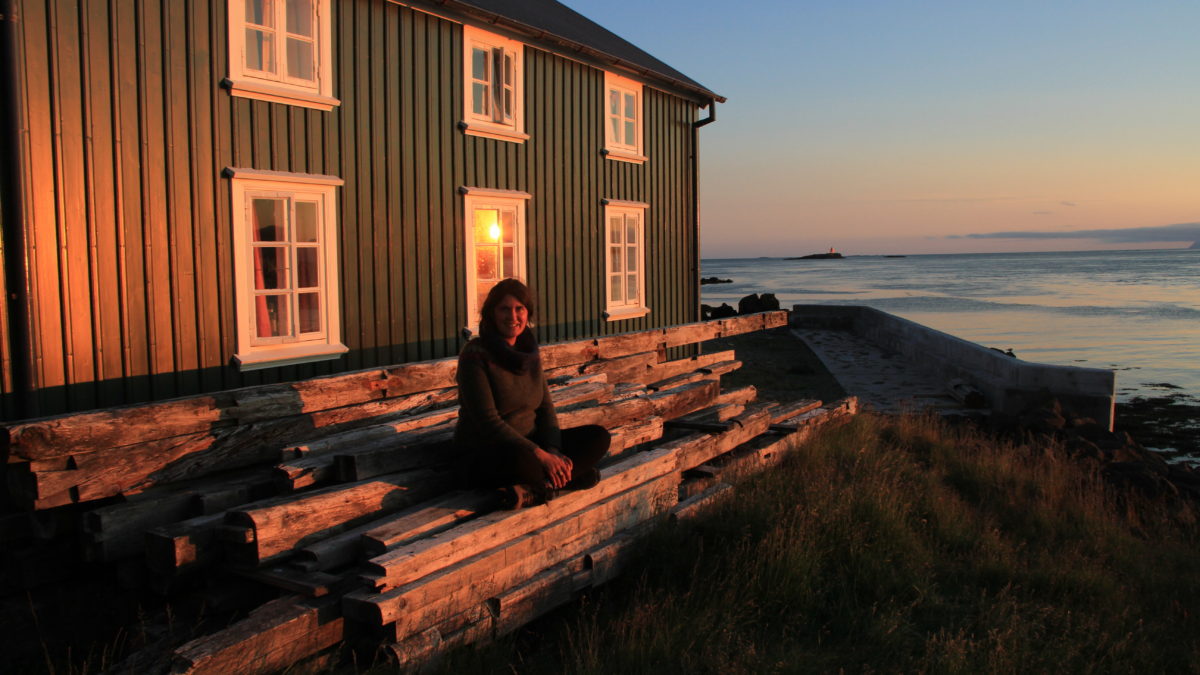Free and exclusive discount codes for hundreds of tours and & travel services in Iceland
Subscribe to instantly receive discount codes for tours, car rental, camper van rental, and outdoor clothing rental. Thank you! ❤️ Jon Heidar, Editor of Stuck in Iceland Travel MagazineSarah Thomas is a writer and documentary filmmaker who recently published her new and acclaimed memoir, The Raven’s Nest. The story is inspired by her experience of coming to Iceland on a brief visit in 2008, which turned into a transformative half-decade spent living in the rugged and beautiful Westfjords region, where she was changed by love, landscape, light, and language.
Awards and accomplishments
Sarah Thomas has contributed to the Dark Mountain journal. Her writing has been featured in The Guardian and the anthology Women On Nature. She was nominated for the 2020 Arts Foundation Environmental Writing Award, longlisted for the inaugural Nan Shepherd Prize, and shortlisted for the 2021 Fitzcarraldo Essay Prize. Her film work includes the documentary Óshlíð: River Mouth \\ Slope about the dangerous and now defunct road between the villages of Bolungarvík and Hnífsdalur.
Hey Sarah, what caused you to visit Iceland for the first time in 2008?
Hi! Thanks for having me. That first time in late May 2008, I was invited to a conference of visual anthropologists in Ísafjörður to show a documentary I had made in Kenya. As soon as I landed, I wondered how that conference got to this magical place and not Reykjavík. The organizer lived up there, so it was easier for him to do it close to home. At the time, I didn’t know much about Iceland, apart from a feeling in the pit of my stomach… something like an instinct that I’d always been destined to go there. Thankfully, a friend of mine knew a couple of artists up there. They hosted me and gave me an unforgettable introduction (and a job offer). My world turned upside down in a week, helped by the fact that it was my first experience of it being light at night.
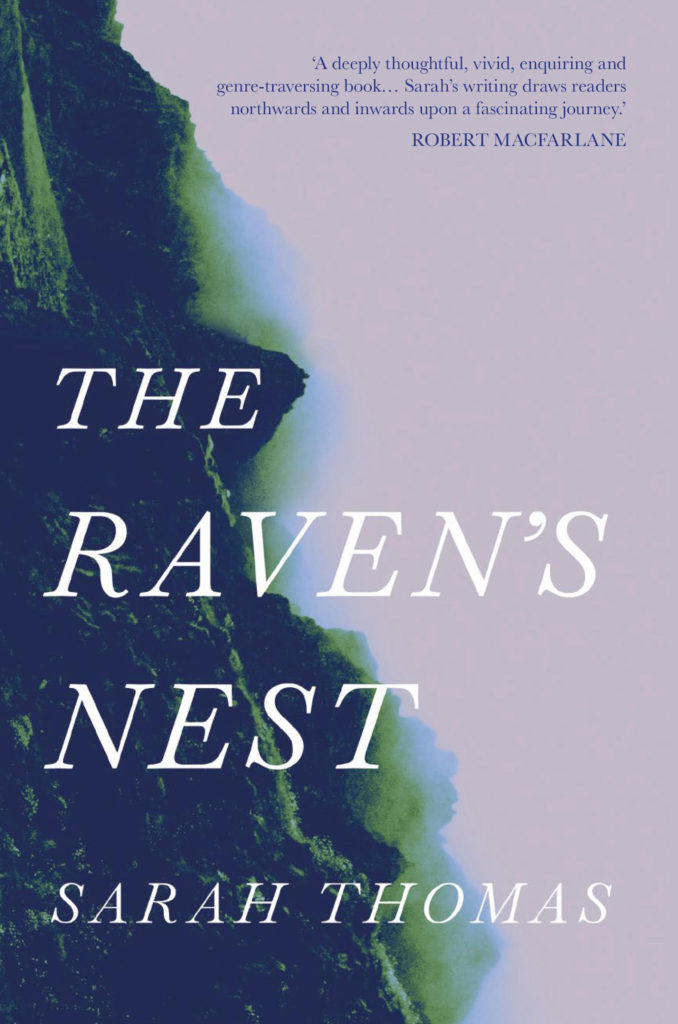
What inspired you to write your book?
Sometimes a story is in you and just has to come out. It was a formative experience with beauty, joy, pain, and paradox. At the time, I was a filmmaker and had tried to make a film while I lived in Iceland but failed. This is because my training was in observational documentary, where you stand silently behind the camera, capturing life ‘as it is’. It was the first time I had tried to make a documentary about people I was also trying to have an ongoing relationship with, so I found my positionality as an ‘observer’ problematic. In the end, I gave up on it.
Finding a use for threads and layers
I was left with all these ‘scenes’ in my memory, then all the reflections that come with time and maturity, and meanings and significances that I could not have realized then. And I thought, “What can I do with these threads and layers?” Text as a medium gave me the flexibility to weave a story that might beof use to others that accommodates that complexity
Creating a film about the dangerous coast road Óshlíð
I did manage to make a film as I was leaving, but not the one I was planning to make.It was about Óshlíð, the beautiful abandoned coastal road which connected my village with Bolungarvík. We launched it in an off-grid screening in one of the avalanche tunnels on the route, with 100+ residents from the towns at either end walking or cycling to get there. That was such a rewarding moment. It was the film that the place wanted me to make, not the film that I thought I wanted to make about the place.
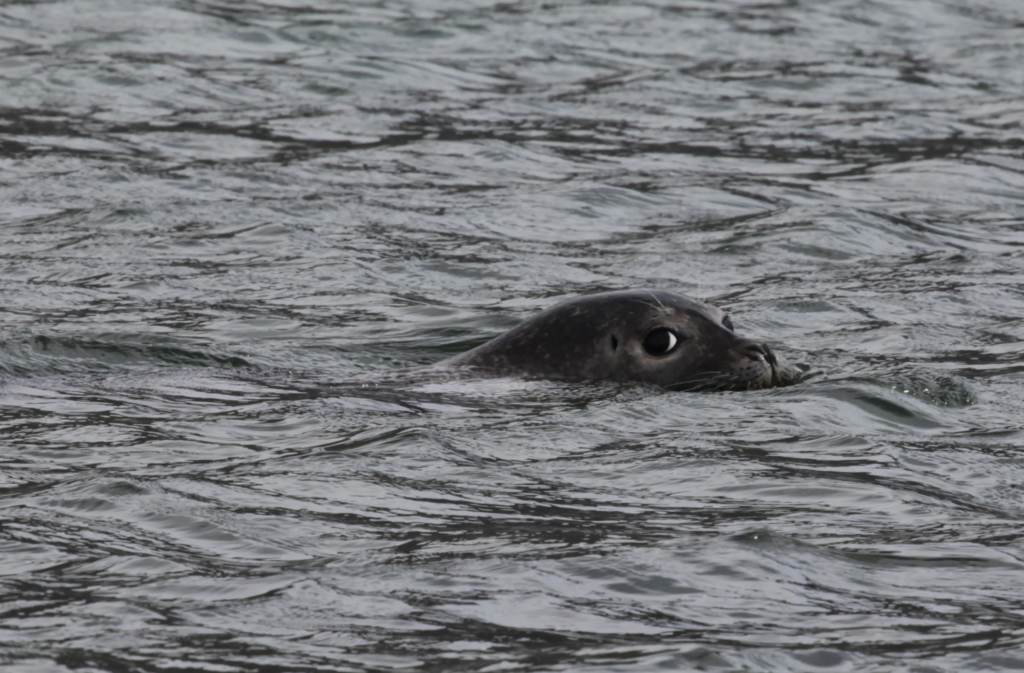
Without giving too much away, what is your book, The Raven’s Nest about?
It’s a story of many stories, nested together. It is a love letter to a place and a community, and how I was changed by them; an exploration of what it means to belong to a culture that is not your own. It is about how learning a new language is a new way to think. And we see a transformation in the narrator’s voice as she perceives ‘nature’ not as a backdrop but as an active protagonist with its own stories, and the human characters are continuous with the natural world.
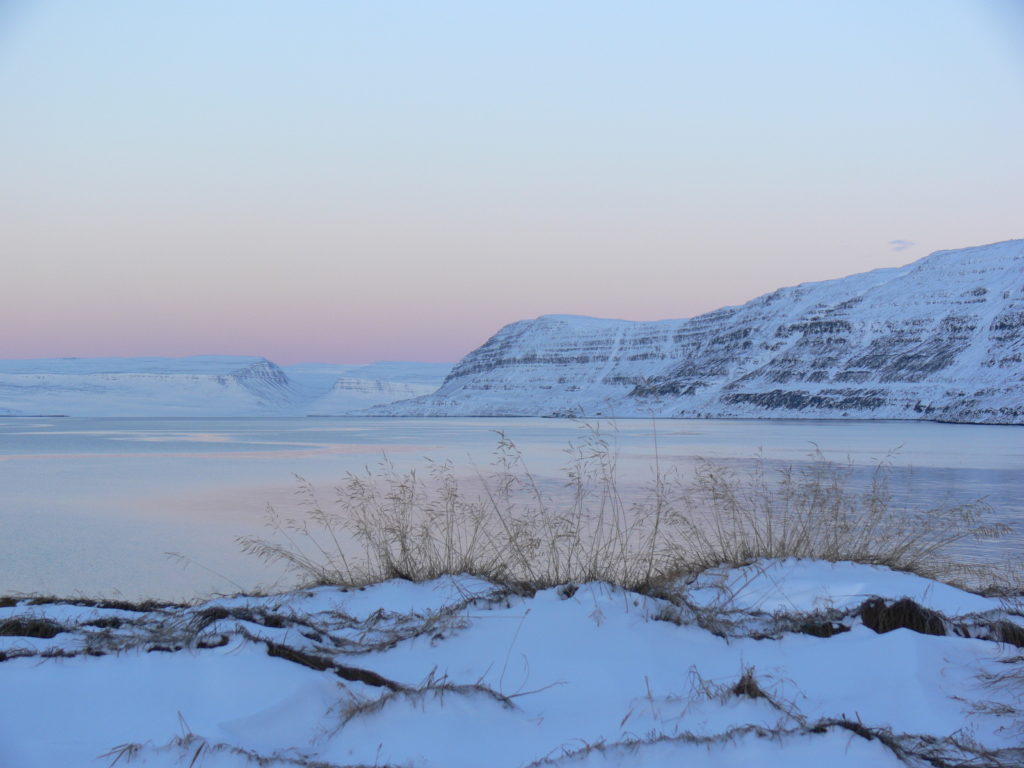
You stayed in the Westfjords of Iceland for five years. What are your key takeaways about Icelanders and Icelandic culture?
I realized very quickly that the extended family is everything. They are your network of support, and in some ways there is no such thing as an ‘individual’. This is incredible and difficult for someone outside of that culture because it means there is both abundance, and a lack of privacy/ independence. I don’t know what it would be like to live in Iceland without being part of a family network. Quite hard and expensive, I imagine. I never paid for lamb or fish, and my family helped fix the house.
Loving Icelandic Creativity and Experimentation
I love the inherent creativity and will to experiment – that each day is up for grabs to do something beautiful with, and that ‘happenings’ can be arranged very spontaneously. Similarly, I love the ‘can-do’ attitude and the ability to reinvent oneself constantly. It is very refreshing and liberating. On the flip side, it can sometimes turn into a slightly misplaced confidence – a cowboyish attitude and lack of accountability.
Astounded by everyday wisdom
On a more subtle level, I think it’s changing now, but my experience was that expressing or talking about emotions was a bit of a taboo. But that does not mean that emotions are not very strongly felt. Do not underestimate how much is happening in silence! That said, day to day, Icelanders, or Westfjordians, always make time to chat even when they’re busy. It’s an essential skill – like a social glue.
I was always astounded by the wisdom in everyday comments from everyday people. This often had to do with a profound respect for nature and a capacity to embrace the unknown.
Pride in your own country
And I find Icelanders are simultaneously very proud of their country and culture but need external affirmation. It takes a while to be an ‘insider’ (some might say a lifetime), but once you are, the place opens up to you exponentially.
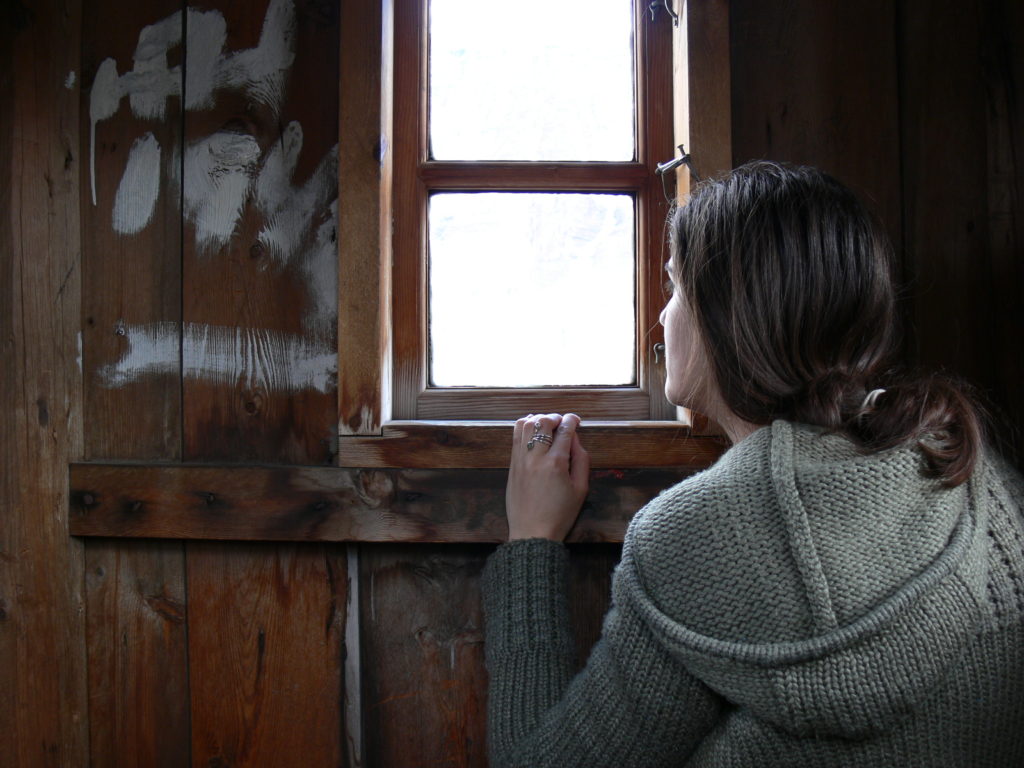
What are your favorite places and activities in Iceland?
Hands down – sitting in a natural hot spring! And if it’s by the sea so I can alternate between them, all the better. And the next best thing: the swimming pools. Two favorites are Hofsós laug and Krosnesslaug. I also love the Icelandic concept of an óvissuferð – an ‘unknown journey. You just head out and see what happens. We should all do this regularly!
Do you have any places here in Iceland that are on your bucket list?
I’m fortunate that I’ve traveled around most of the country, so I’ve no burning desires, except that I’ve always wanted to come from the UK to Iceland by boat. But there are a few things that feel like unfinished threads: I never got to swim in Víti, as a storm was coming when we went there, and people were being advised to leave the area (that’s a chapter in my book ‘To Hell and Back). So that’s something I’d like to do.
Not into Doomsday tourism
I also hiked through the dark and fog to see the Fagradalsfjall eruption but had to turn back, so seeing an eruption would be amazing. And I would have loved to go out into the middle of a glacier to hear its sounds and silences. But there would have to be an excellent reason to go that justified my presence there. I’m not into Doomsday tourism or expediting their decline. We have taken them so much for granted, and they’re disappearing.
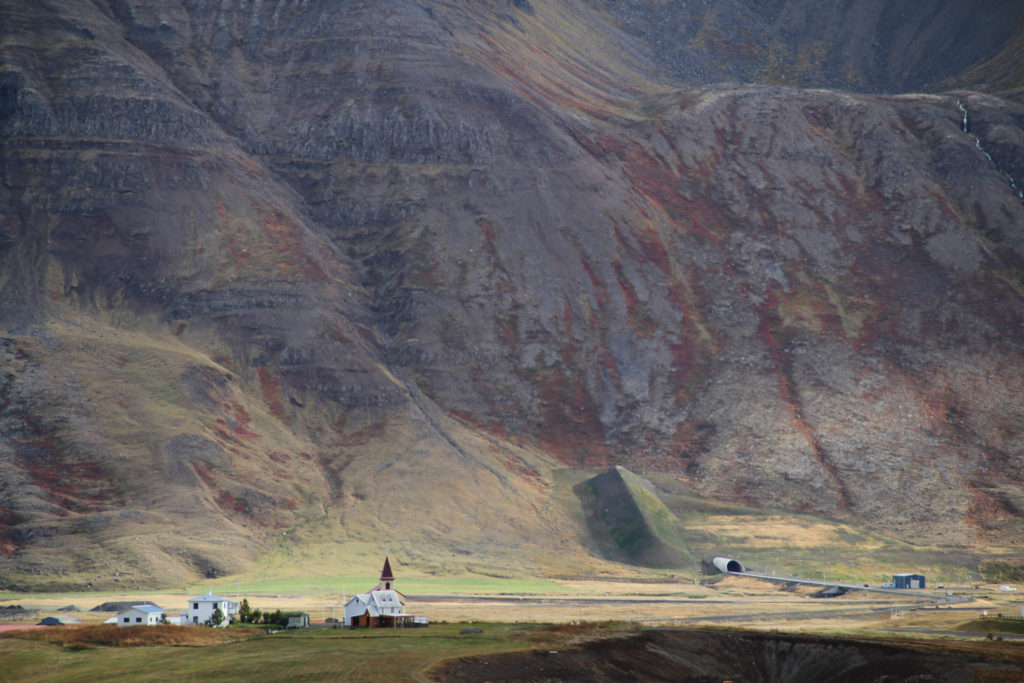
What advice do you have for those visiting Iceland for the first time?
If you can, give Iceland time. It is costly when you come for a week or two with a list of expectations, and ‘unexpected’ things can happen that force you to change your plans (like the weather). if you take it slow and enter into its rhythms, seemingly miraculous things just sort of work themselves out better than you could have planned.
If you are short on time, do not try to see everything
But for those short on time, I would advise them not to try and see the ‘whole’ place – they will see it only through car window glass. Hone in on an area and get to know it better, walk around, talk to people, and listen to the sea and the birds. Get involved. It will be so much more rewarding.
On a practical note, wool socks will always be helpful, summer or winter!
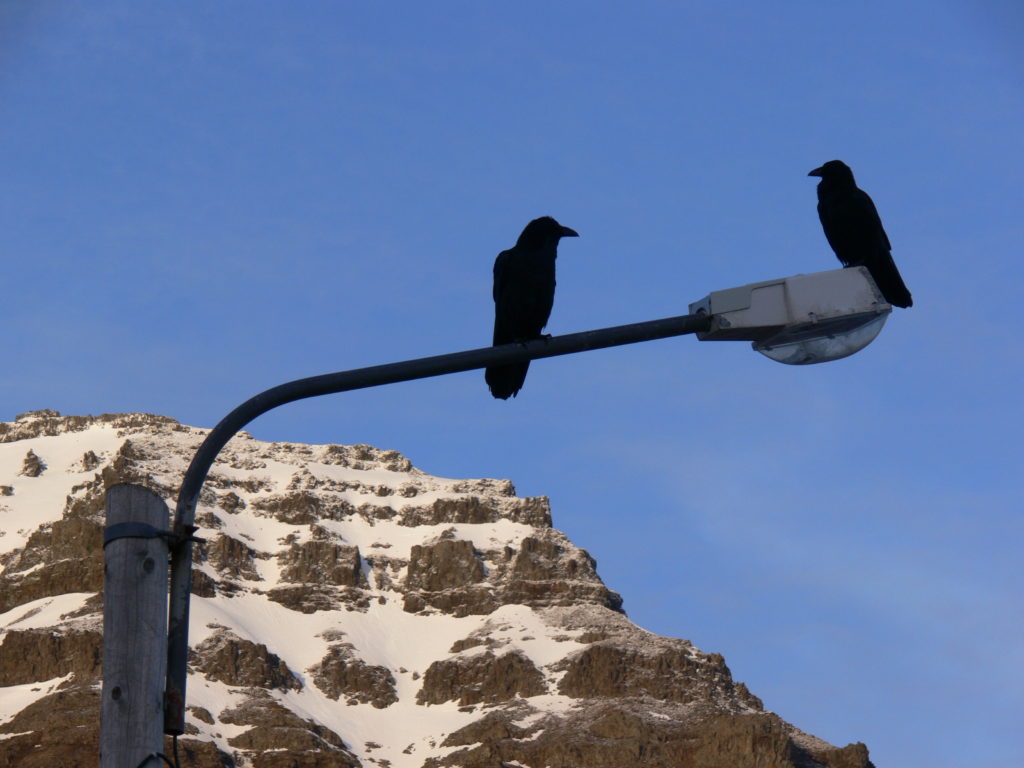
Understanding silent Icelanders
And finally, if an Icelander doesn’t say much to you, it’s not coldness or unfriendliness. Don’t take it personally!
Enjoy having your world turned upside down. If you want to read some ‘behind-the-scenes’ on Icelandic nature and culture, The Raven’s Nest is an excellent place to start.
The Raven’s Nest is published by Atlantic Books (2022), and the audiobook (narrated by Sarah) is available on Audible in UK and Europe.In Iceland it is available in Eymundsson stores and The Old Bookstore in Flateyri, Westfjords.
Where to find Author Sarah Thomas on the internet
- sarahthomas.net
- Instagram: @journeysinbetween
- Twitter: @journeysinbtwn

